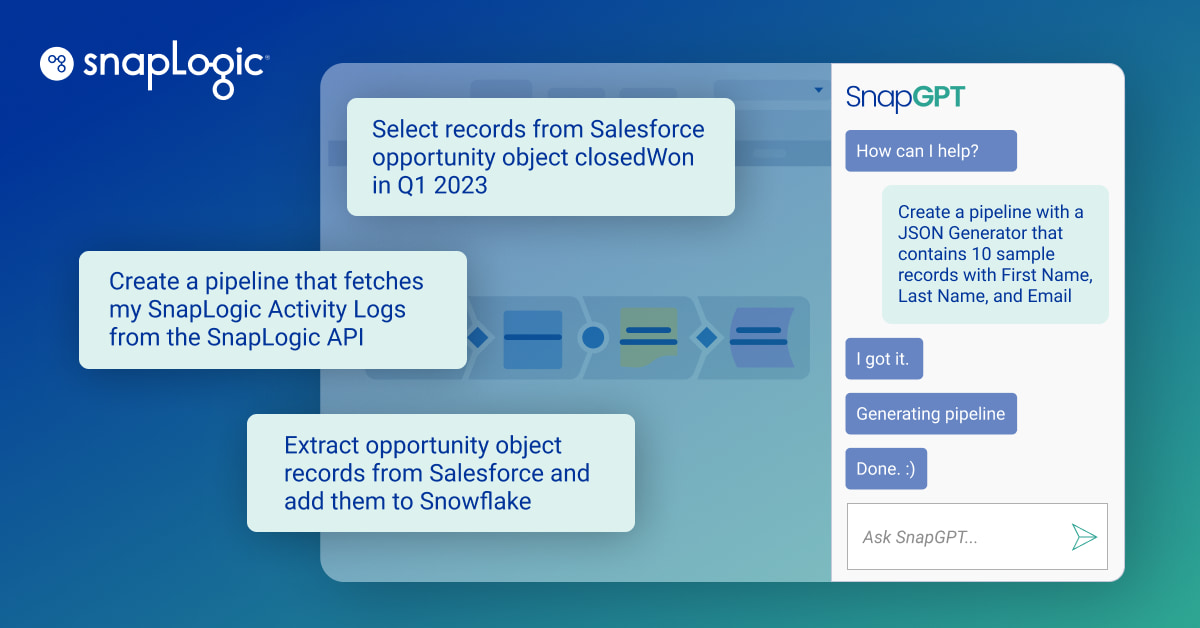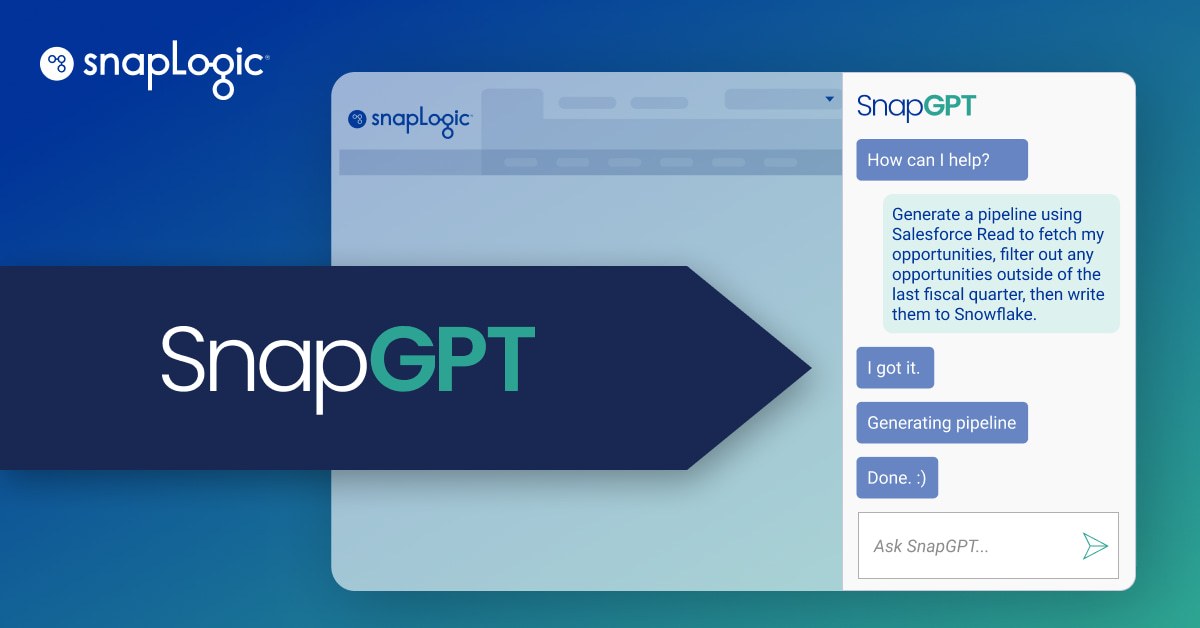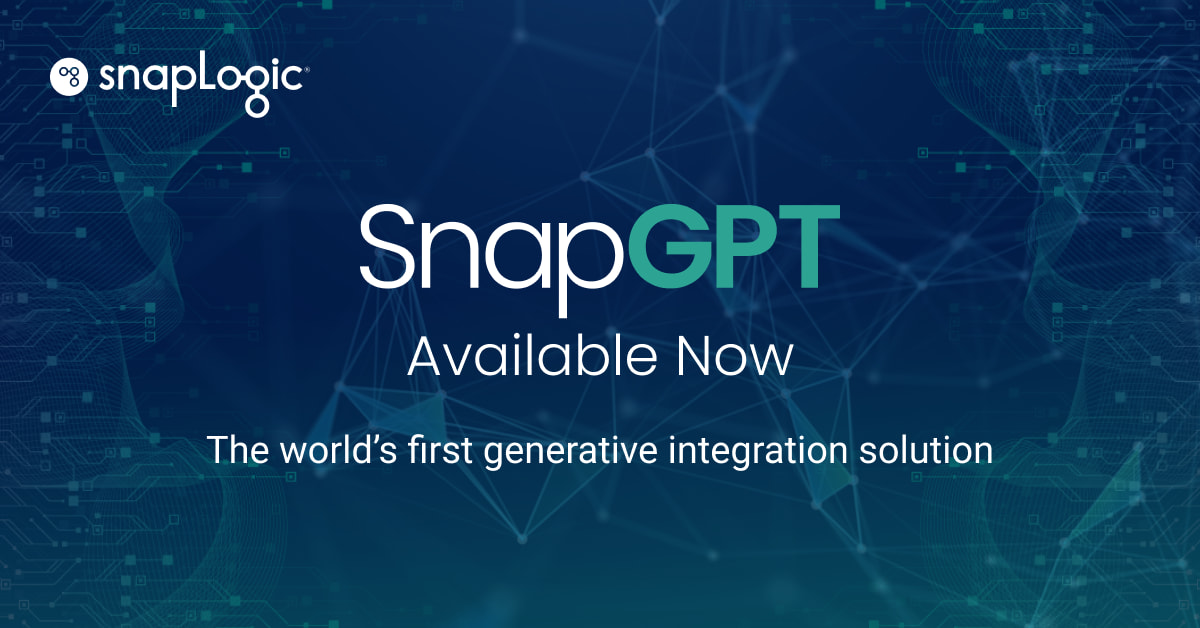‘Twas the night before Christmas, but Santa was sad,
“Look here, Rudolph, this data is bad!
I’ve got unreliable input of good girls and boys,
It’s impossible to estimate the number of toys!
Which of these so-called ‘nice’ kiddies have lied?”
Who’s naughty or nice? I can’t decide…
While we can’t be sure, we suspect that the bearded bringer of toys probably runs his Lapland operation on legacy IT systems – he does, after all, famously rely on reindeer-based nasal navigation rather than GPS.
Santa is a prime example of a well-established (and some might say, old-fashioned) organisation handling vast amounts of data. Added to that, he manages a complex, highly time-sensitive supply chain and delivery process with limited staff resources – a team of reindeer and elves.
Naughty or nice: by the numbers
Let’s look at the numbers: according to UNICEF, there are currently 2,397,435,502 children under the age of 18 in the world. Santa must judge which of these children are naughty or nice. That data must be reconciled with children’s letters to determine what presents have been requested. Assuming each child writes a handwritten letter to Santa, that data would ideally be digitalised and stored in their child relationship management (CRM) solution, and if we assume an average of 5KB of data per letter, that’s 11.98717751 terabytes of data in total.
The data must then be shared with Santa’s workshop to ensure the correct toys are produced in time for Christmas Eve delivery slots. The supply chain logistics are challenging to say the least: given the short timeframes involved, labour and materials costs, and unpredictability of demand.
The supply chain has failed to forecast demand,
Santa was forced to issue a stern reprimand.
“It’s not our fault, Santa!” Squeaked a senior elf,
“We simply can’t predict supply on the shelf.”
The elves have all unionized and Rudolph’s on strike,
Just how will Santa get through the night?
Improving operations at the North Pole
Santa’s operation currently struggles with poor productivity, presenteeism, and spiralling costs. Likely, Santa’s operation is also a lawsuit waiting to happen, given the amount of ungoverned data it holds. Customer satisfaction could also be low: children are notoriously hard to please and if Santa erroneously delivers the wrong present, it will be tears and tantrums over the turkey.
Festive productivity and child niceness forecasts could be significantly improved if Santa deployed GenAI, which would help manage the vast amounts of unstructured data he receives on an annual basis, forecast seasonal toy demand, manage supply chain logistics (including a 24-hour delivery window), and even help with data governance – imperative considering he holds sensitive data on minors.
All Santa wants for Christmas is SnapGPT
Intelligent integration powered by GenAI turns messy, disorganised data into actionable business insights. No matter how basic Santa’s IT skills are, he and the elves can use conversational language to connect datasets such as his naughty/nice list to his elf workshop; or use historical delivery data to predict weather patterns and help the reindeer avoid potential delays.

His data warehouse, how structured; his logistics, how neat!
With GenAI he’s predicted delivery to each single street!
Production costs have reduced, time management’s improved,
Efficiency’s up and so is the elf workshop mood.
Santa is proof that GenAI is a great leveller: no matter your sector, organisation size, or geographic location, it really can benefit everyone.
Santa exclaimed as he steered the sleigh round a tree
“Happy Christmas to all, especially SnapGPT!”
If you’d like to experience the gift of GenAI and SnapGPT for yourself this Christmas, drop us a note (that we’ll make sure to deliver to the big guy himself), or find out more here.
(With sincere gratitude to Clement Clarke Moore.)








